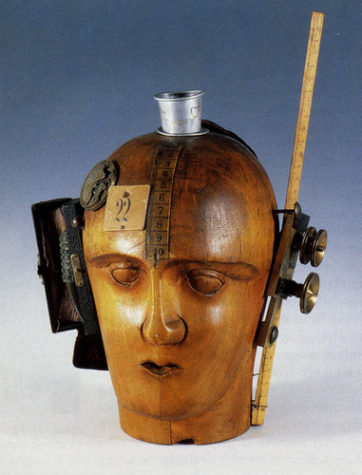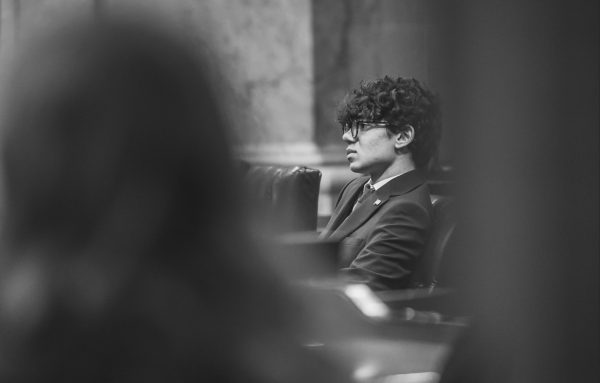#Corecore and Other Neo-Dada Meta Examinations of the Human Condition through Self Satirization
February 2, 2023
In the 1920s, as a reaction to the aftermath of World War I, Dada emerged as an art movement that was regarded as a radical and avant-garde movement which rejected traditional art forms as well as traditional societal norms. By using absurdity, nonsensical imagery, and anti-art sentiments, prominent dadaists like Salvador Dali, and Hugo Ball sought to challenge the status quo and to pose questions surrounding the role of art in society. Today, a new form of expression, “#corecore” videos on TikTok, share many similarities with the Dada movement.

One of the defining characteristics of Dada was its rejection of logic and rationality. Dadaists sought to break free from the constraints of traditional art forms and societal norms, and instead embraced the nonsensical and the irrational. Likewise, “#corecore” videos on TikTok reject traditional narrative structures and instead present a collage of seemingly unrelated images and clips that are compiled together to the tune of a slow melancholy song to create a cohesive and surreal experience. This use of juxtaposition and non-linear storytelling forces the viewer to question their own perceptions of the world and to see things in a new light.
The name “Corecore” comes from the suffix ‘-core’ often used on the internet to group general aesthetics, subcultures and trends. One example is ‘cottagecore’, an online aesthetic yearning for a simpler existence, detached from the hustle and bustle of modern life and connected with nature. Corecore bastardizes the suffix as an absurd meta-ization of modern aesthetic and subculture.
This non-linear narrative structure is also present in Dada, in the form of collages, photomontages and photograms that breaks the continuity of the art piece and makes them a challenge to understand as a whole. This nonlinearity breaks the traditional way of art representation that was present back then, just as #corecore does in this present.
Although #corecore and Dada are presented in very different forms #corecore has a neo-dada impropriety.
It reaches the same fundamental experience as Dada, a criticism of our society.
It becomes imminently clear that #corecore is our the Dada of the 21st century,
A proclamation of freedom from the social penitentiary,
And a deflation of the collective social anxiety.
Another similarity between Dada and “#corecore” videos is their shared goal of poking fun at modern culture and society. Dadaists were critical of the societal and cultural norms of their time, and sought to subvert and challenge them through their art. Likewise, “#corecore” videos often feature footage of mundane and everyday scenes that are edited together in a way that highlights the absurdity and banality of modern life. In this way, both Dada and “#corecore” videos serve as a form of social commentary, exposing the absurdity and excesses of modern society.
Additionally, both Dada and #corecore use humor and satire as a means to critique society. Dadaists used satire as a means of critiquing the political, social and cultural establishments of their time, #corecore uses the same mechanism of humor and satire as a means of critiquing the current society in a subtle yet powerful way.
Dada’s satire sharp,
Corecore’s wit subtle and sly,
Society’s mock.
Man is the killer,
And the victim of its death,
Who was truly killed?
Untrue, the real truth,
Metaphysicality,
Slices earth and mind.
Finally, both Dada and “#corecore” videos offer an experience of liberation and freedom. Dada was a rebellion against the status quo, a declaration of artistic and personal freedom. “#corecore” videos offer a chance to escape the constraints of linear storytelling and traditional narrative structures, and instead offer a surreal and liberating viewing experience. It is also a way for the viewer to escape their daily routine and be introduced to a new and different world.
It’s likely that you have been left with more questions than answers. But isn’t that the point? Who’s to say this piece isn’t also an example of neo-dada?














